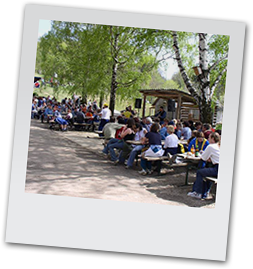Budgeting: what does it cost?
Be realistic and bold
Deciding how to spend your budget is an important strategic decision. When your project is left half done or when you cannot meet expectations, people will be disappointed. They will be less willing to help you next time.
It is better to start small with a sure success. Having to stop your project or low quality execution caused by a lack of funds, damages your valuable relations.
Reserving a budget in an early stage helps assure you are not set up to fail. First estimate the available budget and downsize your ambitions if necessary.
Don’t be afraid to use the resources of your partners: personnel, facilities and money. You already know where your missions align. Just ask. Don’t take ‘no’ for an answer.
Budget elements
- Personnel: how many employees and how much time do you need?
- Personnel: do you need to hire external consultants, experts or facilitators?
- Facilities: do you need to rent space for focus groups, round tables and meetings?
- Production costs: What are the costs to design and produce the communication means?
- Distribution costs: What are the costs to distribute the communication means?
- Media costs: What are the costs to publish in newspapers, radio and TV?
- Office costs: What are the costs of office supplies to be used, for example: mailing, telephone calls, copying?


